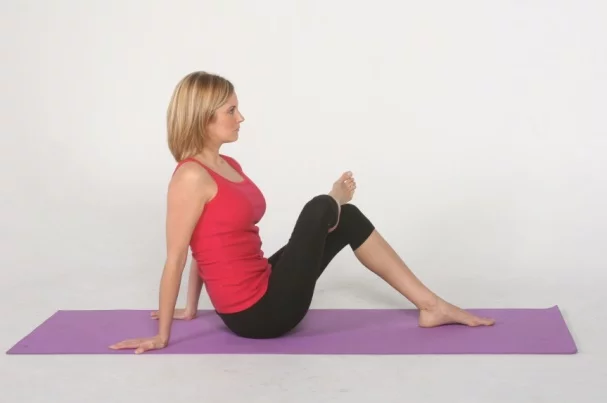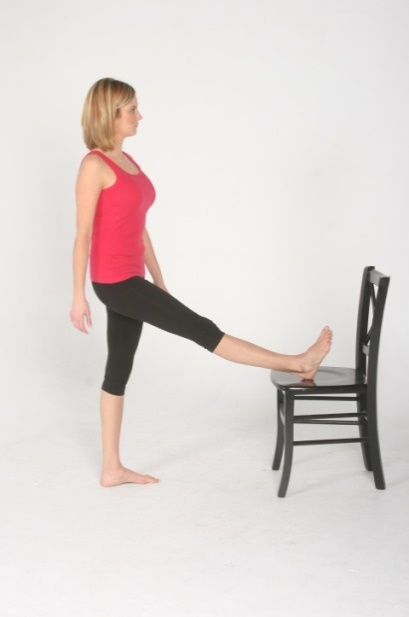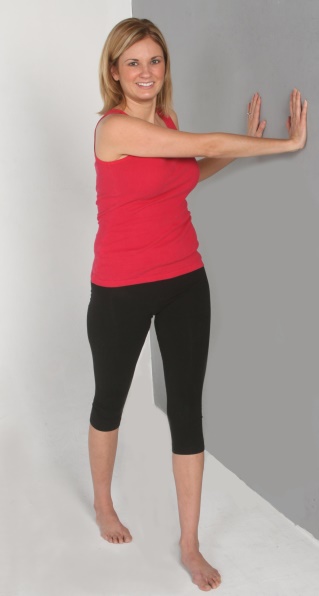At some point in their lives, 80% of people will experience lower back pain. In fact, back pain is the leading cause of disability in the world.2 Individuals try all sorts of exercises to strengthen, stretch and release tension from their lower backs in an attempt to get rid of the pain. However, the majority of these techniques either do not work or only help for brief periods. Learn why these exercises don’t provide the expected relief, and what can you do to help both yourself and your clients overcome the unexpected causes of lower back pain highlighted in this blog.
Unexpected Causes of Lower Back Pain
Compared to other parts of the body, the spine is fairly inflexible. While it can move forward, backward, side to side and in rotation, there are other areas of the body such as the ankles, hips and shoulders that are designed to perform these types of movements more easily.1,3 However, issues such as lifestyle and posture habits, injuries, surgeries, musculoskeletal imbalances, stress and/or joint changes (e.g., arthritis) cause many people to have restrictions in these other areas of the body, and consequently those parts do not work as they should. Restrictions in the more mobile structures of the body typically results in the spine (especially the lower back) having to take up the slack for the lack of movement elsewhere. This can ultimately lead to overuse, pain and injury to the lower back.5
How Can You Help Unexpected Causes of Lower Back Pain?
One of the key factors to overcoming unexpected causes of lower back pain is to implement corrective exercise programming that facilitates movement and mobility in other areas of the body such as the feet, ankles, hips, thoracic spine and shoulder girdle. If you are able to move up and down, forward and backward, side to side and in rotation by using all of the parts of their body that were designed to achieve these movements, stress will be dissipated throughout the entire kinetic chain rather than simply settling in the lower back region.
Corrective Exercise Strategies for Unexpected Causes of Lower Back Pain
Before attempting to gain mobility in the feet, ankles, hips, thoracic spine and shoulders with the following exercises, you should perform self-myofascial release techniques on the muscles that cross those joints (i.e., the calves, quadriceps, hamstrings, hip flexors, glutes, obliques, and shoulder musculature).7 Once the tissues in these areas have been warmed up with SMR exercises, you can progress your client to the gentle stretching/mobilization exercises outlined below.4,6
Corrective Exercises for the Feet and Ankles
Calf Stretch (with straight leg)
This stretch will help promote flexibility in the ankle when the knee is straight and the hip is extended, such as what happens when walking. Flexibility in this area will ensure the leg can travel behind the hip correctly without the lower back having to overarch excessively to keep the torso upright.

Stand with one leg back and feet pointed straight ahead. Ensure that the back leg is straight and the heel remains in contact with the floor. Tuck the hips under until a stretch is felt in the calf of the straight leg. Perform for 20-30 seconds each side at least once a day.
Calf Stretch (with bent leg)
This stretch will help promote flexibility in the ankle when the knee is bent, such as what happens when squatting or bending down to pick up something off the ground. This will ensure the ankles, knees, and hips can bend effectively so the lower back does not have to over-round when lowering the torso.

Stand in a split stance on a BOSU Balance Trainer with hands on a wall or desk to assist with balance. Push the heel of the back foot down and bend the knee of that leg to feel a stretch in calf muscles. Do not overpronate the foot as the knee bends. Perform on each leg for 20-30 seconds once a day.
Corrective Exercises for the Hips
Glute Stretch
This stretch will help promote flexibility in the hip so the leg can rotate effectively in the hip socket (such as what happens when walking and running). This will help prevent excessive rotational stress to the lumbar spine.

Sit on the ground with the left leg straight and the right knee bent. Place the right foot on the outside side of the left leg while keeping the right knee bent and sit up tall. Hug the right knee toward the left shoulder to feel the stretch in the glutes. Perform for 20-30 seconds each side at least once a day.
Hip Rotators Stretch
This stretch will help promote flexibility in the hips so the leg can rotate out, such as what happens when changing directions in sports, getting out of the car, and during the backswing and follow through in sports that require the body to rotate.

Sit on the ground with both knees bent. Lift the right ankle and place it on left knee. Sit upright and do not round spine to feel the stretch in the hip and glutes. Perform for 20-30 seconds each side at least once a day.
Hip Flexor Stretch
This stretch will help promote flexibility in the hips so that the leg can extend behind the body without overarching the lower back and placing excessive stress on this area.

Kneel on one knee with the other foot forward. Place a mat or towel under the knee for comfort. Tuck the hips under as you lift the torso upright to feel the stretch in the hip flexor. Perform for 20-30 seconds each side at least once a day.
Hamstring Stretch
This stretch will help promote flexibility in the back of the leg so the torso can bend forward at the hips without placing excessive stress on the back.

Stand with the hips square and lift the right heel up onto a low chair or bench. Use a balance aid if necessary to help keep the spine straight and hips level. Gently pull the right hip back so that it comes back in line with left hip to feel the stretch in the hamstring. Perform for 20-30 seconds each side at least once a day.
Corrective Exercises for the Upper Back and Shoulders
Doorframe Stretch
This stretch promotes flexibility in the torso so the thoracic spine can extend and the shoulder can flex correctly, such as what should happen when walking and/or reaching over the head.

Stand in a doorway. Place the right arm on the doorframe at hip level, reach the left arm overhead and grab the doorframe. Place the left foot behind the right foot, tuck the pelvis under and gently lift the torso upright to feel the stretch along the side of the body. Switch sides and arms to perform this stretch on the other side and do it at least once a day for 20-30 seconds each side.
Wall Rotation Stretch
This stretch helps the torso and hips to rotate more effectively, such as what should happen when walking or playing sports. This will ensure excessive rotational stress is not placed on the lower back.

Stand about 18 inches away from a wall on your left-hand side. Place the left foot forward, ensure both feet are straight and rotate the torso toward the wall. Make sure the hips remain square and shoulders level. Switch sides and perform this stretch for 20-30 seconds on each side at least once a day.
Conclusion
Lower back pain can be debilitating, depressing and very uncomfortable. Use your knowledge of how the entire body needs to work as an integrated system to help you design corrective exercises that reduce stress to the lower back, and the likelihood that this area of the body will get injured, or become problematic, in the future.
To learn more about how to design corrective exercises that strengthen the body and safeguard it from pain and injury, check out The BioMechanics Method Corrective Exercise Specialist certification course or click on the image below.
References
1Cook, G. 2010. Movement. Aptos, CA: On Target Publications.
2Lees, K. 2014. Low Back Pain Leading Cause of Disability Worldwide. Science World Report.com.
3McGill, S. 2002. Low Back Disorders: Evidence Based Prevention and Rehabilitation. Champaign, IL: Human Kinetics.
4Myers, T. 2001. Anatomy Trains. Myofascial Meridians for Manual and Movement Therapists. Edinburgh: Churchill Livingstone.
5Price, J. and Bratcher, M. 2019. The BioMechanics Method Corrective Exercise Specialist Education Program (2nd ed). San Diego, CA: The BioMechanics Press.
6Price, 2018. The BioMechanics Method for Corrective Exercise. Champaign, IL: Human Kinetics
7Rolf, I. P. 1989. Rolfing: Reestablishing the Natural Alignment and Structural Integration of the Human Body for Vitality and Well-Being (revised edition). Rochester, VT: Healing Arts Press.
